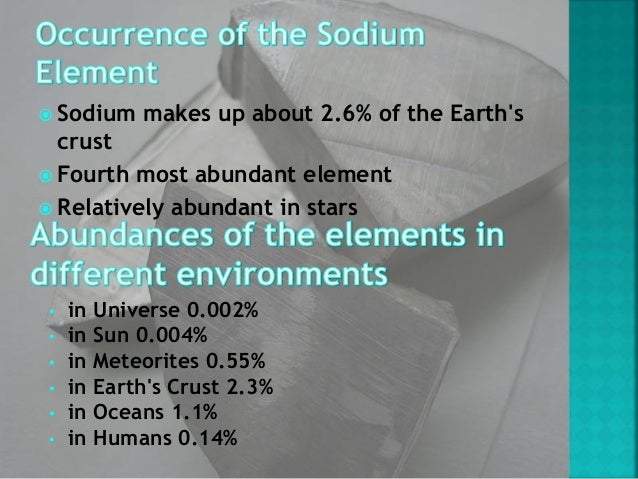

The larger the anion, the farther it is from the sodium ion, and the weaker the coulombic force of attraction between them. The sizes of singly charged cations, for example, increase in the following order: Li + NaCl (808☌) > NaBr (750☌) > NaI (662☌). If we move down any of the columns, ionic sizes increase due to the increasing principal quantum number of the outermost electrons.
#SI AND POTASSIUM ELEMENT SERIES#
Each row in the figure corresponds to an isoelectronic series involving a different noble-gas electron configuration.Īs we move from the more negative to the more positive ions in each row, there is a steady decrease in size. For any electronic series, such as H –, He, Li +, Be 2 +, in which the nuclear charge increases by 1 each time, we find a progressive decrease in size due to the increasingly strong attraction of the nucleus for the electron cloud. Species which have the same electronic structure but different charges are said to be isoelectronic. As we move across each row, the radius of each circle decreases. The final row has T e superscript 2 negative to T l superscript 3 positive. Fourth row has S e superscript 2 negative to I n superscript 3 positive. Third row has S superscript 2 negative to G a superscript 3 positive. The second row is N superscript 3 negative to Al superscript 3 positive. The first row is H negative to B e superscript 2 positive. Each row consists of elements as well as ions which have the same number of electrons. The elements of the periodic table are shown as circles with different radius. The f-block actually fits between groups 2 and 3 it is usually shown at the foot of the table to save space. The increased number of protons exerts a stronger positive charge, pulling the electrons in toward the nucleus.

Even though atoms further to the right have more protons, neutrons, and electrons, the outer electron shell is the same. Ions in the first row of this figure, H –, Li +, and Be 2 +, all have the same 1 s 2 electronic structure as the helium (He) atom, but differ in size due to the different number of protons each has in their nucleus. Periodic table Periodic table of the chemical elements showing the most or more commonly named sets of elements (in periodic tables), and a traditional dividing line between metals and nonmetals. As you move across an element period (row), the overall size of atoms decreases slightly. Each group has its own characteristic properties.

All elements are divided into 18 groups and 7 rows. This relationship is evident in the following figure comparing ionic radii. Periodic Table of Elements: The Periodic Table of Elements is an orderly arrangement of all known elements in the form of a table where all elements present in a group have similar physical and chemical properties. The size of an ion is governed not only by its electronic structure but also by its charge.


 0 kommentar(er)
0 kommentar(er)
